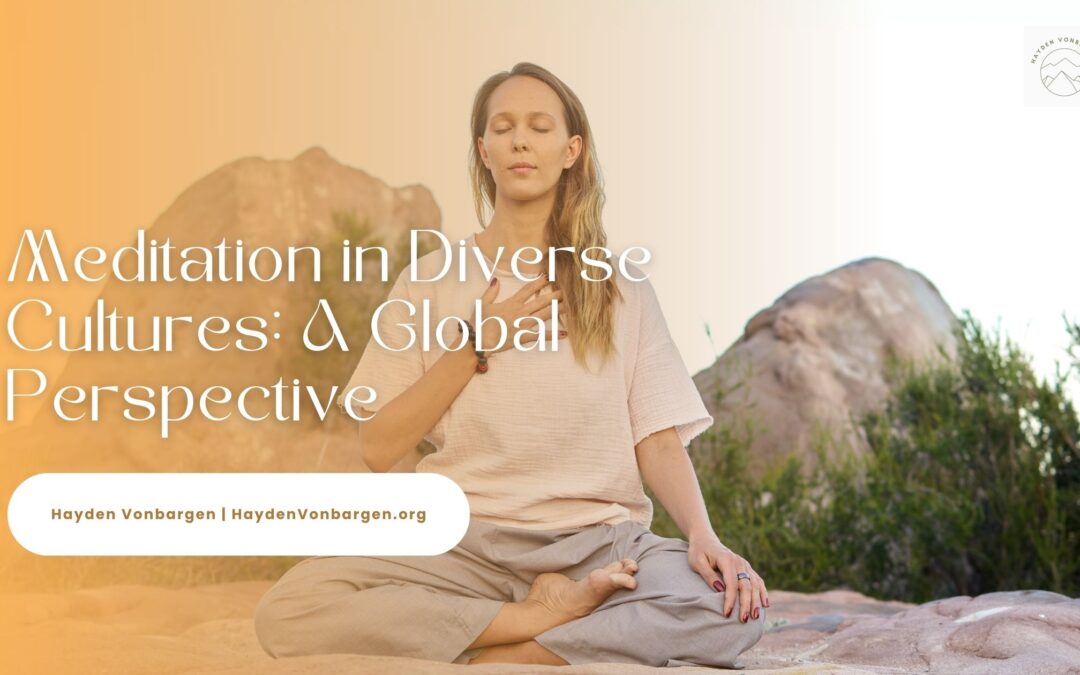Meditation, a practice as diverse as humanity itself, finds its roots in various corners of the world, each with unique cultural flavors. This global tapestry of Meditation is not a monolith but a spectrum of practices, beliefs, and traditions. From the ancient Vedic chants in India to the contemplative practices of Christian monks, Meditation transcends geographical and cultural boundaries, offering a universal language of inner peace and self-discovery.
The Cradle of Meditation
India, often regarded as the birthplace of Meditation, offers a myriad of practices. The ancient Vedas, written over 3,000 years ago, are among the earliest texts describing meditation techniques. In Hinduism, Meditation (Dhyana) is a pathway to understanding the self and the divine. Buddhism, another major influence, emphasizes mindfulness and the pursuit of enlightenment. The diversity within Indian meditation practices is staggering, each with its philosophies and techniques, yet all converging on the journey inward.
East Asian Perspectives
In East Asia, Meditation takes on different forms. Zen Buddhism in Japan, known for its ‘zazen’ sitting Meditation, emphasizes simplicity and direct experience. In China, Taoist meditation focuses on harmony with the Tao, the fundamental principle that underlies the universe. These practices, deeply rooted in their respective philosophies, highlight the importance of balance, harmony, and the cultivation of inner stillness.
The Sufi Whirling of the Middle East
The Middle East contributes its unique form of Meditation through Sufism, the mystical branch of Islam. With their mesmerizing dance, the Sufi whirling dervishes meditate through motion to reach a state of ‘fana,’ or union with the divine. This practice, both a physical and spiritual journey, illustrates Meditation’s ability to transcend static forms, engaging body and soul in the pursuit of transcendence.
Western Adaptations
In the West, Meditation has been adapted and integrated into modern lifestyles. Transcendental Meditation, popularized in the 1960s, introduced a form of mantra meditation to a global audience. Mindfulness, a concept rooted in Buddhist Meditation, has gained immense popularity, finding its way into therapy, schools, and corporate wellness programs. While sometimes diverging from their traditional roots, these adaptations reflect Meditation’s universal appeal and adaptability.
Connecting Cultures through Inner Exploration
Meditation’s journey across cultures and time highlights a profound truth: the quest for inner peace and understanding is a universal human experience. Each culture contributes its unique perspective, enriching the global understanding of Meditation. These diverse practices remind us that, despite our differences, we share a common pursuit of deeper self-awareness and connection with something greater than ourselves.
Meditation, in its diverse forms, offers a rich array of paths to explore the inner world. As we embrace these various traditions, we enrich our practice and deepen our appreciation for the world’s cultural diversity. Meditation is a bridge that connects us – to ourselves, to each other, and the profound tapestry of human experience. Let’s continue to explore and celebrate this shared journey, one breath, one moment at a time.

